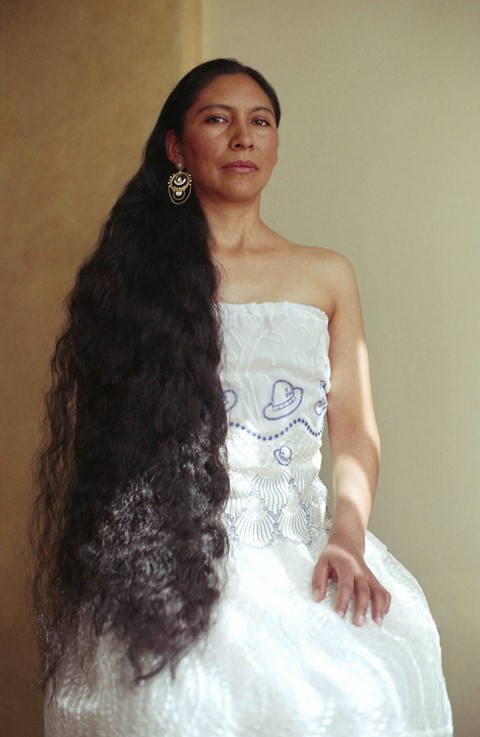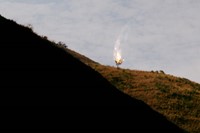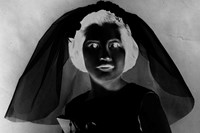“Madre is both a celebration of the diversity of women in my country, and a criticism of the place that they’re granted within its power structures,” says Marisol Mendez of her new photo book
After seven years studying in Argentina and the UK, Marisol Mendez returned to her native Bolivia in 2019, hopeful that representation for Indigenous women had moved forward. Yalitza Aparicio, who had recently made her acting debut in Alfonso Cuaron’s Roma, graced the cover of Vogue at the time; it suggested progress. But upon arriving home to the city of Cochabamba, Mendez was disappointed.
In light of Bolivia’s colonial past, and the reverberating impact of European beauty standards, the country’s Aymara and Quechua women – identifiable by their wide skirts, braided hair and bowler hats – are still ostracised and marginalised, the photographer says. It’s a quieter kind of violence, in addition to more overt physical threats faced by women too. Bolivia has the highest rates of sexual violence in Latin America, and saw at least 108 femicides in 2022.
Madre, Mendez’s new publication, was born from a desire to amplify the many identities and complexities of Bolivian women – and to “reconnect with [her] Bolivian roots” after having been away for so long. In rich, galvanising portraits – merging Catholic iconography with themes of Andean folklore – it is both a portrait of the country’s sprawling syncretism, and an emblem of the intersectional feminist activism gradually forcing change in Latin America.
Below, Marisol Mendez reflects on constructions of femininity, fusing genres of storytelling, and escaping the colonizer’s gaze.
“The easiest way to put it is that Madre is both a celebration of the diversity of women in my country, and a criticism of the place that they’re granted within its power structures. Because although we have this amazing, bountiful, rich womanhood in Bolivia, women are still viewed in a reductive way – and we are still a macho society.
“Bolivia contains so many different ethnic groups. That means many cultures, many realities, many ways of living. In my daily life, I can encounter all of these incredible, beautiful, super interesting women from across that spectrum – but then you look in the media, and all you see is this narrow, white-washed, colonial vision of what femininity should be. I wanted to create portraits that challenge this.
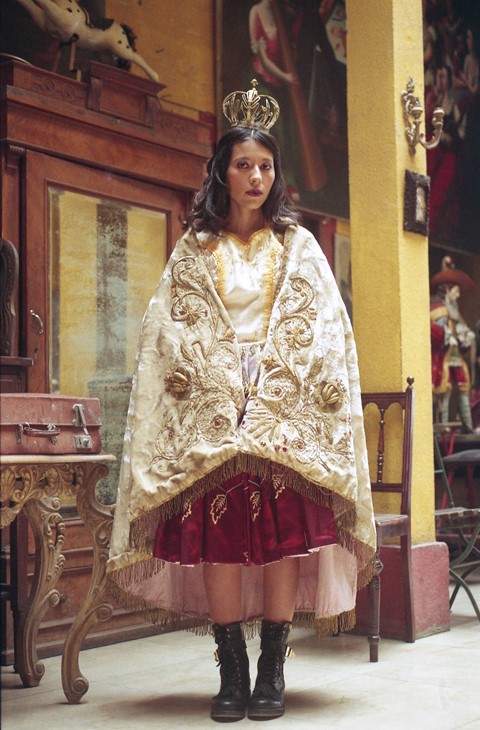
“I grew up Catholic and I’ve always loved the intricacy of Catholic imagery; I think they have one of the most powerful iconographies in the world. But it’s had a big impact on how women are perceived here. The Madonna-whore complex is so ingrained, not just in Christian spaces, but all of society: women are either branded as somehow pure and worthy of interest, or as sinners and whores. The two extremes are perfectly embodied by the Virgin Mary and Mary Magdalene. So I thought, why not appropriate this canon of imagery and subvert it?
“Madre is about real women – neighbours, friends of friends, women I met at protests – dressing up in costumes and playing characters and inhabiting worlds of folklore and mythology. But I use fiction to tell the truth. All the women pictured in Madre (who I spent hours getting to know) have had horrible encounters under patriarchy, from being catcalled, to missing out on job opportunities, to experiencing domestic violence. I didn’t want to reproduce violence in my images, but I use metaphors: weeping statues, decomposing fruit, a broken egg. And among all of that, you see defiance in the gaze of my sitters. Most of them stare directly into the camera. They are saying, ‘I’m looking at you. I see what’s happening. And I challenge you to change something.’
“Making the project was very difficult in terms of resources. Bolivia doesn’t have the creative infrastructure for it. We don’t have photography labs, and there were times when I couldn’t make pictures for months because I couldn’t get film. It was my mother who picked me up and pushed me through: we made Madre together; she was my assistant and producer and casting director.
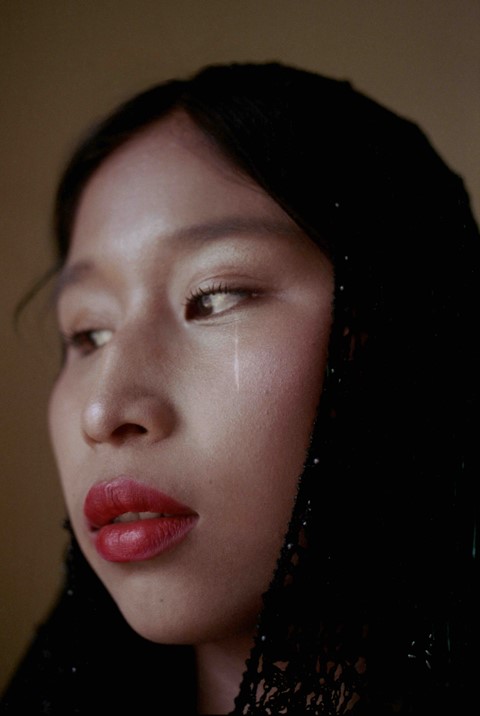
“Speaking of which, the project also draws from my own family archives and matriarchal lineage. The Andean conception of time is more circular than straight: for us, death is not the end; our dead are still with us, and the stories of my grandmother and her mother live within me. Sometimes, while making it, I felt like giving up because it all just seemed too hard. But when I think about all of these women, past and present, and the way the project had become all of ours – for all of us – I really saw that Madre was about sorority. And I owed it to all of them to see it through.”
Madre by Marisol Mendez is published by Setanta Books and is out now.
